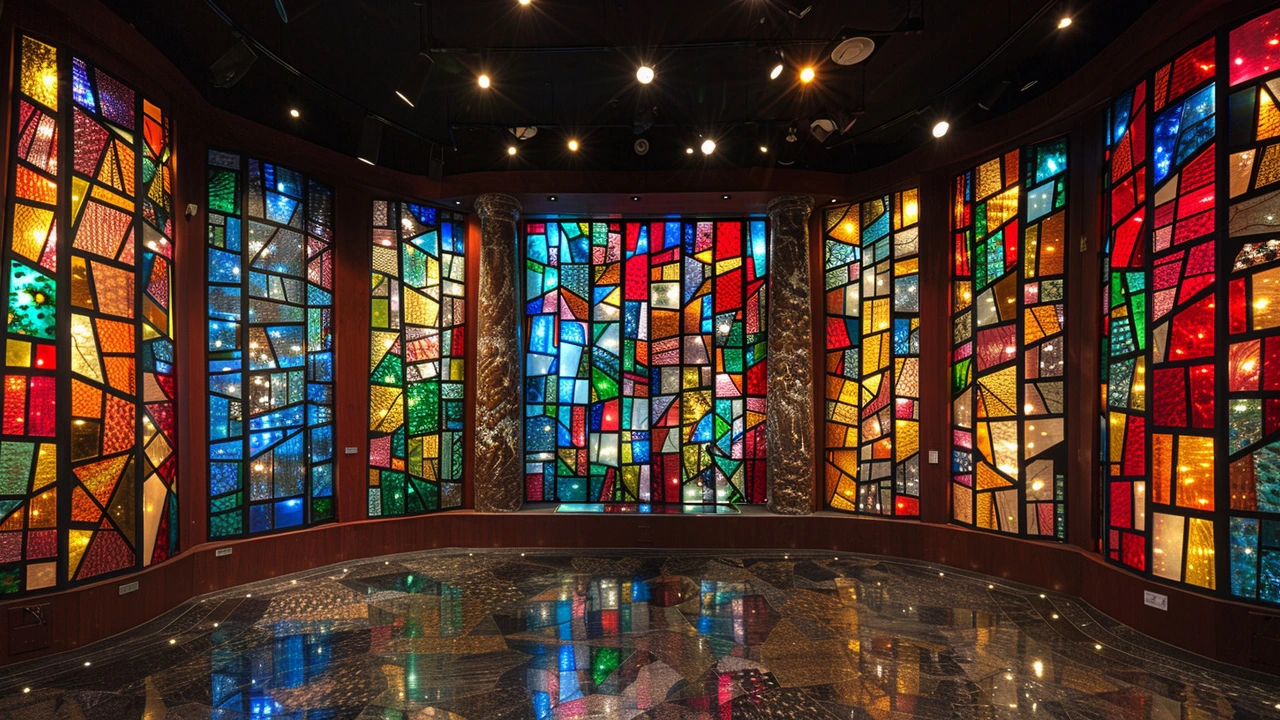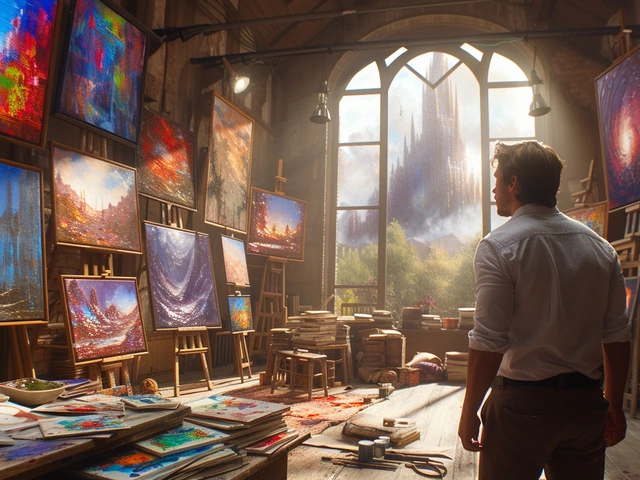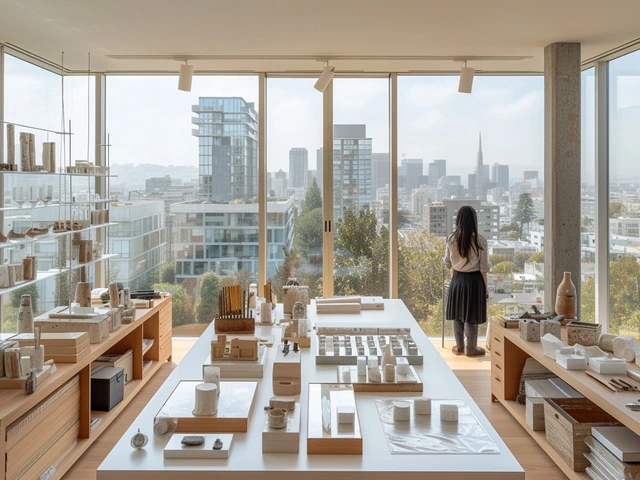Introduction to Constructivism Art
Constructivism, a movement that began in early 20th-century Russia, uniquely combined the worlds of art and industrial design, forever altering the landscape of modern art. A radical departure from the traditional art forms, Constructivism proposed that art should directly reflect the modern industrial world. By integrating materials like glass, steel, and concrete, Constructivists aimed to create works that weren’t just aesthetically pleasing but also served a functional purpose in society. This move towards an integration of form and function marked a pivotal change in artistic philosophy, influencing countless artists and designers in the years to follow.
The Roots of Constructivism: Origins and Early Influences
The birth of Constructivism can be traced back to post-revolutionary Russia, amidst the social and political upheaval of the early 1920s. It evolved from the avant-garde movements of the time, drawing inspiration from Cubism, Futurism, and Suprematism. Key figures such as Vladimir Tatlin and Alexander Rodchenko emerged as pioneers, advocating for art as a practical force in the construction of a new society. They envisioned art not merely as an object of contemplation but as an active participant in building the future, thereby embedding a newfound purpose in the creative process.
Key Figures and Their Contributions
In the realm of Constructivism, several artists stood out for their innovative approaches and contributions. Vladimir Tatlin’s Monument to the Third International is a prime example of Constructivist ideals, combining artistic vision with architectural functionality. Similarly, Alexander Rodchenko’s work in photography and graphic design put forth new perspectives on visual communication, highlighting the movement’s broader impact beyond sculpture and painting. El Lissitzky, another influential figure, introduced the concept of Proun (Project for the Affirmation of the New), which sought to blend spatial art with architectural principles, further illustrating the expansive nature of Constructivist art.
Principles of Constructivism: Form Meets Function
The core principle of Constructivism was the amalgamation of form and function. Artists rejected the idea of art for art’s sake, instead focusing on the utility and purpose of art in the modern world. This approach led to the creation of artworks that were not only visually compelling but also served practical functions. The use of industrial materials and techniques emphasized the movement’s commitment to modernity and progress. Constructivism challenged traditional notions of art, paving the way for new forms of artistic expression that resonated with the technological advancements of the era.
Notable Works and Their Impact
Constructivist art gave rise to a plethora of groundbreaking works that continue to captivate audiences. from Tatlin's Monument to the Third International with its innovative use of materials and structure, to Rodchenko’s bold graphic designs that transformed visual communication, these works exemplify the Constructivist ethos. El Lissitzky’s Proun series further demonstrated how spatial and architectural elements could coalesce to create dynamic art pieces. These notable works not only defined the movement but also set the stage for modernist art and architecture.
The Enduring Legacy of Constructivism
While Constructivism as a focused movement petered out by the late 1920s, its influence extends far into the realms of contemporary art and design. The principles of Constructivism paved the way for subsequent art movements, including Minimalism and Conceptual Art, which further explored the relationship between form and function. Today, the echoes of Constructivism can be seen in architectural designs, graphic imagery, and even digital media, proving the movement’s lasting relevance in shaping creative thought and practice.
Constructivism in Contemporary Art and Design
The ethos of Constructivism survives in modern-day art and design, manifesting in works that emphasize structural simplicity and practicality. Contemporary artists and designers draw on Constructivist principles to create works that reflect today’s technological landscape. The integration of digital technologies, for instance, mirrors the Constructivist fascination with innovation and utility. This ongoing dialogue between past and present demonstrates the timeless appeal of blending form with function in artistic expression.
Conclusion: The Timeless Appeal of Constructivism
In conclusion, Constructivism art stands as a testament to the power of blending form with function. Its principles challenged the conventions of art, instilling a purpose that extended beyond aesthetic appreciation to serve practical ends. The movement’s legacy continues to inspire artists and designers, emphasizing the enduring relevance of Constructivism in the realm of creative expression. As we continue to navigate the intersection of art, design, and technology, the lessons of Constructivism remain more relevant than ever, guiding the future of artistic innovation.



